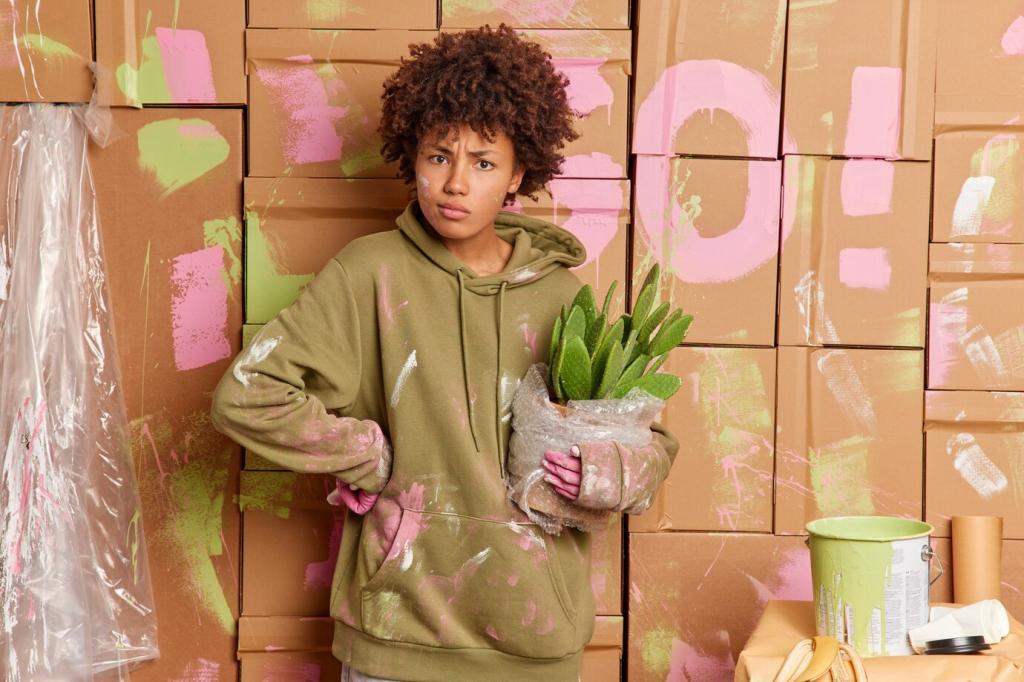This website uses cookies so that we can provide you with the best user experience possible. Cookie information is stored in your browser and performs functions such as recognising you when you return to our website and helping our team to understand which sections of the website you find most interesting and useful.

Future Trends in Sustainable Fashion Design
The world of fashion is undergoing a transformative shift towards a more sustainable and responsible future. With mounting environmental challenges and growing consumer awareness, the industry is innovating rapidly to reduce its ecological footprint, embrace ethical practices, and explore new ways of designing, producing, and consuming clothing. Future trends in sustainable fashion design are reimagining everything from the origin of materials to end-of-life solutions, pointing toward a more circular, inclusive, and interconnected system. This exploration delves into the most significant trends shaping the evolution of fashion, highlighting how technology, collaboration, and mindful creativity are primed to redefine the industry for the better.
Circular Fashion Economy

Technological Innovation in Materials
Bio-Based Textiles
Regenerated Fabrics
Smart and Responsive Materials
Traceable Production
Fair Labor and Social Equity
Digitalization and Virtual Fashion
Virtual Sampling and Prototyping
Digital Fashion and Metaverse Experiences
AI-Powered Prediction and Personalization
Micro-Manufacturing and On-Demand Production
Revival of Traditional Craftsmanship
Community-Driven Brand Initiatives
Inclusive and Adaptive Design

Universal Design Principles

Size Diversity and Customization


